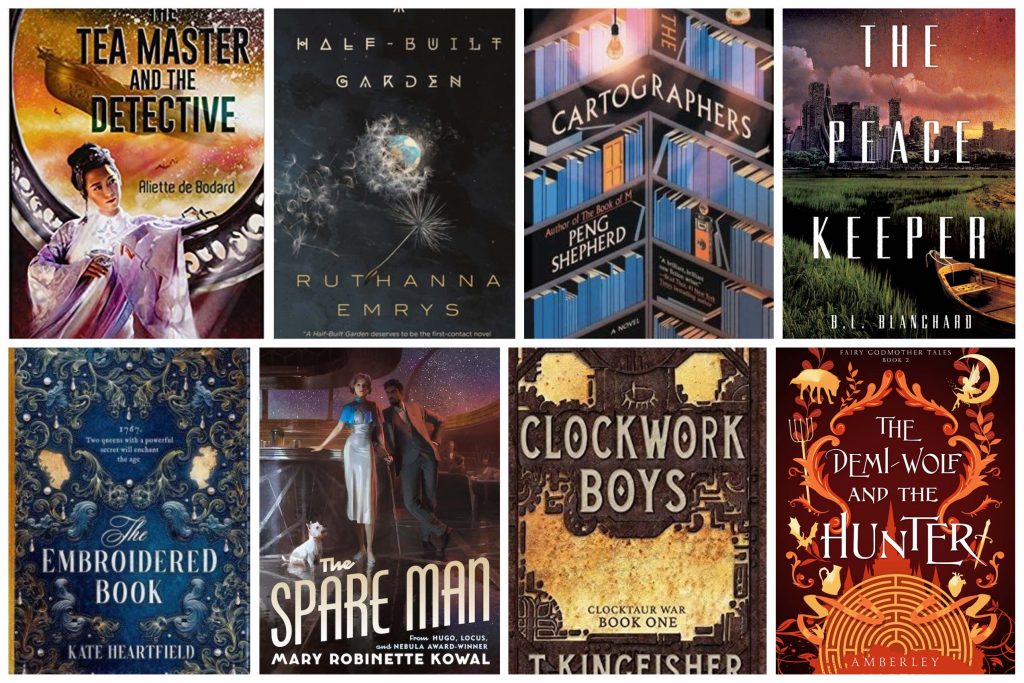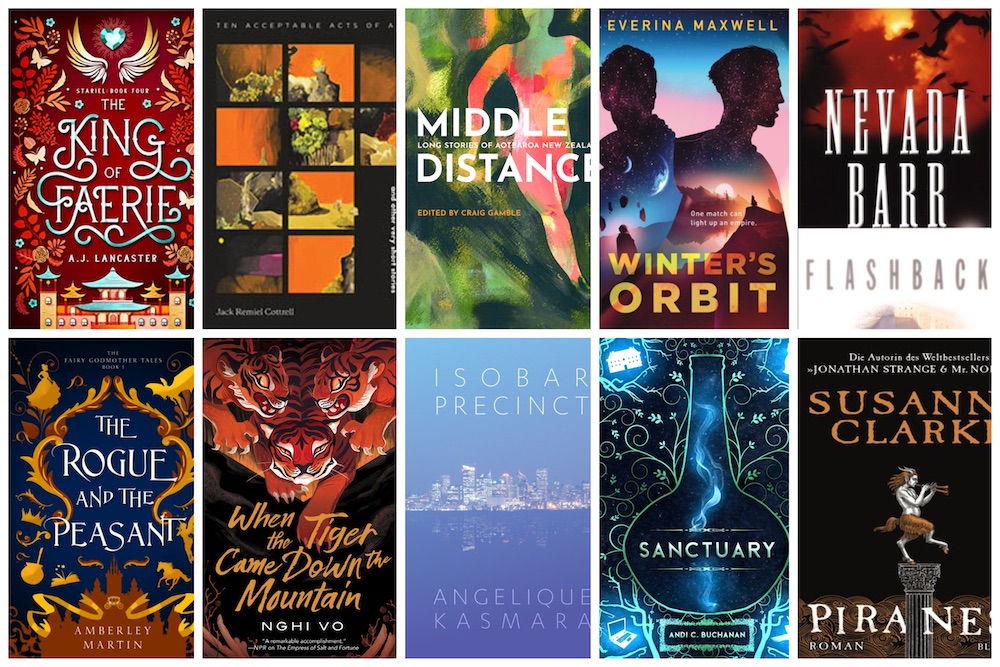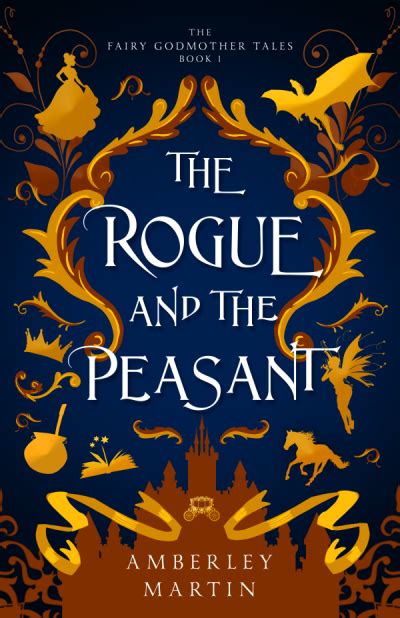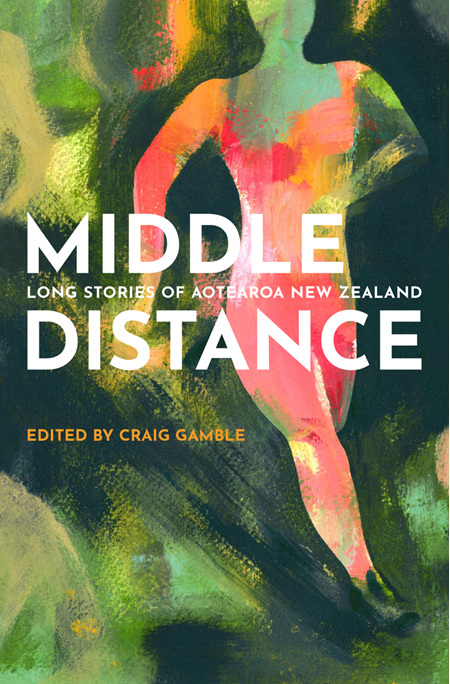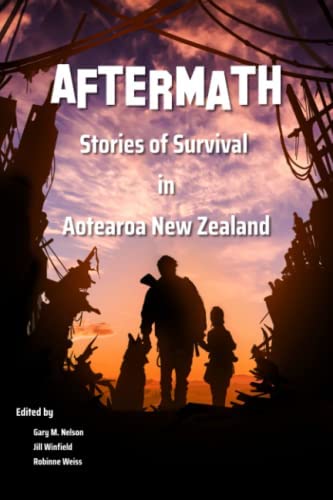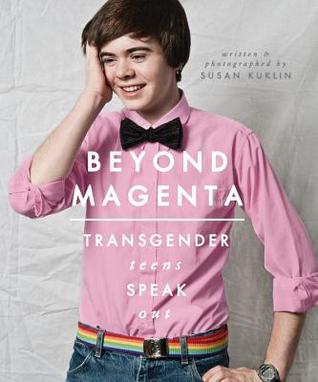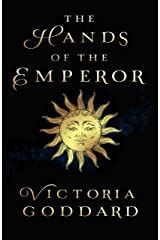
Ten years ago, Nina Parvati Rai vanished without a trace, taking with her a quarter of a million dollars in cash. Her disappearance was assumed to be an act of defiance: a bored socialite’s revenge on her wealthy, controlling husband. The furious husband, industrialist Ishaan Rai, initiates divorce proceedings, and remarries shortly afterwards.
But now, Nina’s Jaguar, with her remains in the passenger’s seat, has been discovered not far from home, where it had lain hidden in the New Zealand bush for the past ten years. The police begin a murder investigation, but her son doesn’t trust them to find the right answers, and begins his own investigation.
This is the start of Quiet in Her Bones by New Zealand author Nalini Singh, one of the most enjoyable mysteries/psychological dramas I have had the pleasure of reading in some time. There’s a lot I like here, from the plot that was satisfyingly complex without being impossible to follow, to the atmospheric evocation of the dense New Zealand bush and the multi-ethnic flavour with a Hindu family at the story’s centre.
The Rais are residents of a gated community known only as the Cul-de-Sac (as if it’s the only one, or the exemplar) nestled against the New Zealand bush in the Waitākere Ranges Regional Park, forty minutes from downtown Auckland. Everyone in the Cul-de-Sac is wealthy. Nearly all have festering secrets—adultery, gambling debts, toxic relationships of all kinds—hidden under a well-maintained facade.
Aarav Rai, Nina and Ishaan’s 26-year-old son, is only recently out of the hospital after a car crash left him with a pulverised foot and a piece of metal embedded in his brain. His intelligence and identity don’t seem to be affected by the brain damage, but his memories clearly are. All he can remember of that violent night so long ago is a scream, the front door slamming twice, and watching the taillights of his mother’s car receding into the rain. He has no idea why his father blames him for the disappearance of the expensive rug that used to lie in front of the fireplace, or why he has nightmares of a motorcycle skidding out of control.
He loved his mother. He would never have done anything to hurt her. Would he?
Aarav is the story’s unreliable narrator. He knows he is unreliable, and we feel his alarm as the evidence of his unreliability mounts. (View spoiler.) If he is to find out who killed his mother, he has to do it soon, before his abused brain and leg give out. Before the police arrest him for the murder. Before the real killer—if someone other than Aarav himself—decides he’s too much of a threat.
Aarav is an interesting character, a mama’s boy with an adversarial relationship to his father. He calls himself a sociopath wearing masks to hide his true self, and while some of his actions would justify calling him an arrogant, privileged asshole, he does other things that earn him our (or at least, my) sympathy. His relationships with his stepmother, Shanti, and his sister, Pari, in particular, involve a good deal more kindness than would be expected from someone out just to butter a person up before taking advantage of them.
For an intelligent character, though, he does do a few stupid things, which is usually a red flag for me. (Can’t the author find a better way out of the plot hole they dug?) I was willing to overlook that here, given the already established fact that he’s not fully in control of own actions. It is his search for answers, and his struggles with his own limitations, that make the book interesting.
The story wasn’t flawless. The ending left a few questions unanswered. (View spoiler.) And for a book advertised as a thriller, it got off to a quite leisurely start. The pace picked up eventually, but never quite reached thriller territory. If that’s what you’re expecting, you might be a bit disappointed. And finally, there’s the shear number of characters. I counted forty-two named characters, plus three dogs, and I’m not sure I didn’t miss a few (people, not dogs). By a quarter of the way in, I simply couldn’t remember who was who in the Cul-de-Sac, and whether or not they were a suspect, so I went back to the beginning and started making notes. Here’s the cast of characters for the benefit of anyone else in danger of getting lost in the details:
Inhabitants of the Cul-de-Sac:
- The Rais: Nina (mother, murder victim), Ishaan (father), Aarav (son, narrator), Shanti (Ishaan’s second wife), and 7-year-old Pari (Shanti’s daughter, Aarav’s half-sister).
- The Lius: Calvin (father, surgeon), Diana (mother, Nina’s best friend), Mia and Beau (teenage children), and Charlie (elderly bulldog).
- The Henares: Hemi (father, school principle), Tia (mother, with inherited wealth), Ariki (son in the army), Mihirangi (daughter, lawyer), and Rima (daughter in med school).
- The Dixons: Paul (retired rock musician) and Margaret (financial whiz).
- The Fitzpatricks: Brett and Veda, the neighbours who annoy everyone else, plus their German Shepherd.
- The Savea-Duncans: Cora (aeronautical computer specialist), Alice (nurse), Elei (Alice’s Samoan mother), Manaia (Alice’s 13-year-old daughter), and Princess (poodle).
- The Brennans: Isaac (owns an ad agency), Mellie (Isaac’s 4th wife), and Phil (Isaac’s elderly father).
- Leonid and Anastasia (newcomers, Russian Mafia?), with twin toddlers.
Other characters:
- Police: Detective Senior Sergeant Oliver Regan and Constable Sefina Neri.
- Aarav’s doctors: Binchy (neurosurgeon), Tawera (surgeon), Varma (neurologist), and Jitrnicka (psychiatrist).
- Lily: The Rai’s former maid, who now owns the cafe just outside the Cul-de-Sac gates.
- Trixi and Lexi: mother/daughter gossips, met at Lily’s cafe.
- Adrian: Gym owner and personal trainer to several of the Cul-de-Sac residents.
- Daisy Pearse: Woman who saved Aarav’s life after his car crash.
- Kahu: Aarav’s writer friend.
- Mary and Lovey: Domestic help.

